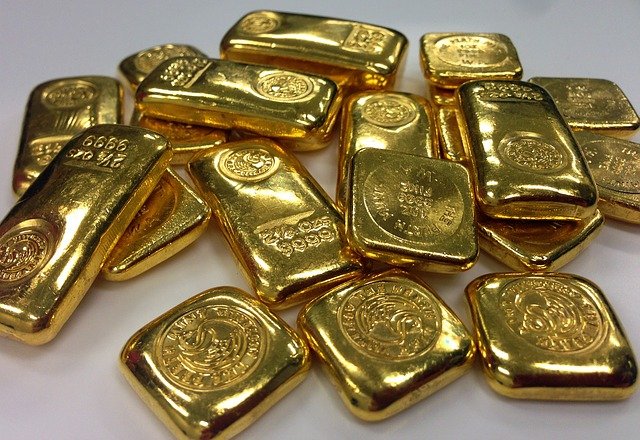More than 6000 years ago, people discovered gold as a precious commodity for themselves. Since then, the precious metal has been mined all over the world in one way or another. The panning of gold from the rivers of this earth is the oldest method. Although this mining method is quite environmentally friendly, it is considered unprofitable nowadays due to the high effort involved.
Mining methods from the Middle Ages to modern times
Even in the Middle Ages, people were looking for other methods. Thus, at that time, to extract fine gold, the gold ores were ground, mixed with mercury and then heated. This extraction of fine gold is still known today as the amalgam process. But nowadays, the amalgam procedure is used extremely rarely. The risks for people and for the environment are simply too great.
Another old process is cyanide leaching. In this process, the gold is extracted from the ore by a chemical reaction with sodium cyanide. The anode slime process is also an already old gold recovery method and is still used today. To extract fine gold, copper, which contains gold, is broken down into its components.
In addition to the old mining methods, there is now a whole range of innovative and sustainable methods for gold extraction. One example is so-called phyto-mining. In this process, plants are used to extract minute amounts of gold from the soil.
The processing of gold
Gold is not only so valuable because it is so rare. Smallest amounts of gold can be found almost everywhere around the globe. Mining is usually not profitable, but measured by the sheer amount of the world’s gold deposits, the coveted precious metal cannot necessarily be classified as a rare commodity.
A significant factor that makes gold such a valuable commodity is the complex processing or refining of the precious metal, because the mining process is far from complete.
In the first step, raw gold is extracted from the gold-bearing rock. First, the gold-bearing ore is crushed using special steel balls and the dust is removed in a chemical solution. For this purpose, the crushed gold-bearing rock is dissolved either in a mixture of salt and nitric acid (the so-called aqua regia) or in hydrochloric acid containing chlorine.
The gold contained is then extracted from the solution by heating, by fused-salt electrolysis or with the aid of special chemicals.
The gold obtained in this way is known as raw gold or industrial gold. After its extraction, the industrial gold is cast into ingots weighing about 6 kg. These bars are also called Doré bars and contain other metals besides gold, such as copper or silver. The gold concentration in industrial gold is about 80 percent.
Just how complex and laborious this process actually is can be surmised from the fact that, on average, a maximum of 5 grams of raw gold are extracted from one ton of gold-bearing rock.







